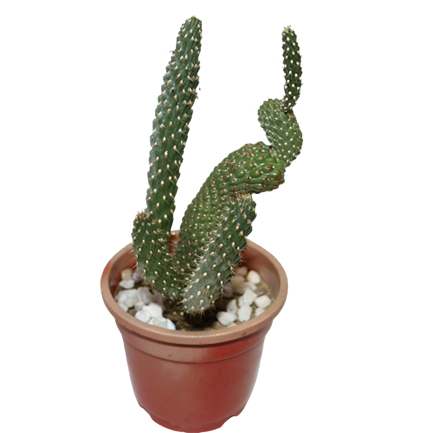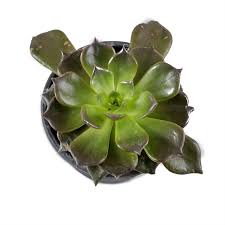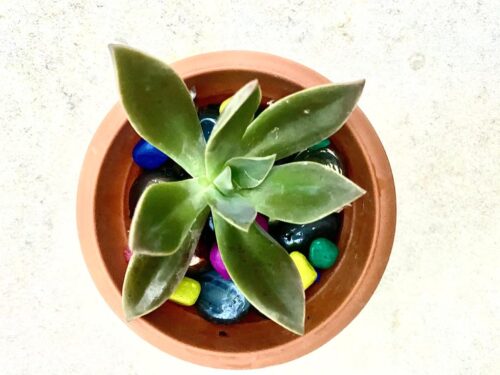For all beginner gardeners, this is the perfect plant to kick start your passion for floriculture. Opuntioideae Cactus Plant belongs to the sub-family of cactus, Cactaceae.
With over 300 species, the plant is characterized by barbed hairs (called glochids) and with stone-like aril seeds.
It bears terete, conic leaves, and you’ll see it only on young growth and flowers.
The small, deciduous plants contain 5 genera that are divided into a total of 5 tribes. Also known by the name ‘The Prickly Pear’, this cacti subfamily has the vastest geographic range, spreading from central Canada to Patagonia in South America.
These plants bear flowers that are yellow-green in color and grow about 4 cm in length. Opuntioideae Cactus grows in clusters and ideally reaches a maximum height of 15 cm tall. It is easy maintenance too!
Opuntioideae Cactus Plant Special Features
- This cacti plant has over 300 species.
- It makes a great ornamental plant.
- It is a low-maintenance plant.
| Common Name | Prickly Pear, Nopales, Tuna |
| Utmost Height | Up to 1.58 inches |
| Flower Colour | Yellow-Green |
| Blossom Time | Blooms in Spring and Summer |
| Difficulty Level | Effortless to grow |
Opuntioideae Cactus Plant Uses
Ornamental Uses
- This makes a good ornamental plant.
Planting and care
- Opuntioideae blooms in bright and sunny light but can also endure light shade.
- Protect the plant from intense strong heat and temperatures above 90 degrees Fahrenheit or 32 degree Celsius
- Water the plant well but don’t overwater.
- Allow the soil to dry off between watering.
- It thrives in well-drained mineral soils.
- Opuntioideae Cactus are prone to rotting if kept in dampened soil.
- Use diluted fertilizers to encourage the fuller growth of these plants.
- These are slow-growing plants, therefore don’t require too many fertilizers.
- Do not water the plant during the initial two weeks of repotting.
| Sunlight | Full sunlight; Protect from strong heat |
| Watering | Average; Do not overwater |
| Soil | Well-drained mineral soil. |
| Temperature | 41 degrees F |
| Fertilizer | Use any organic fertilizer |



